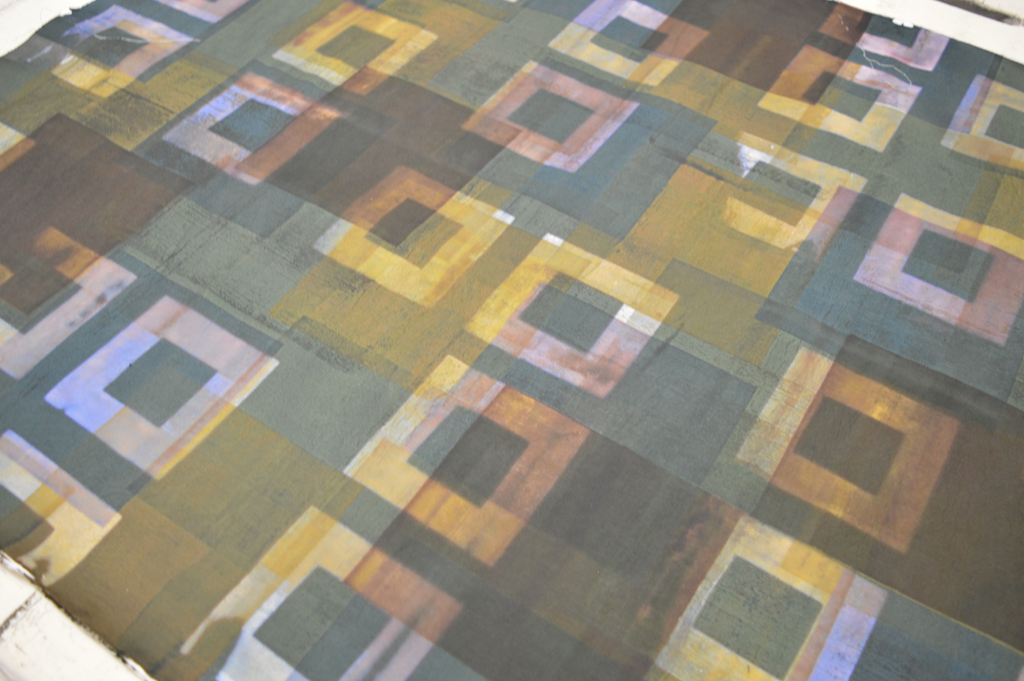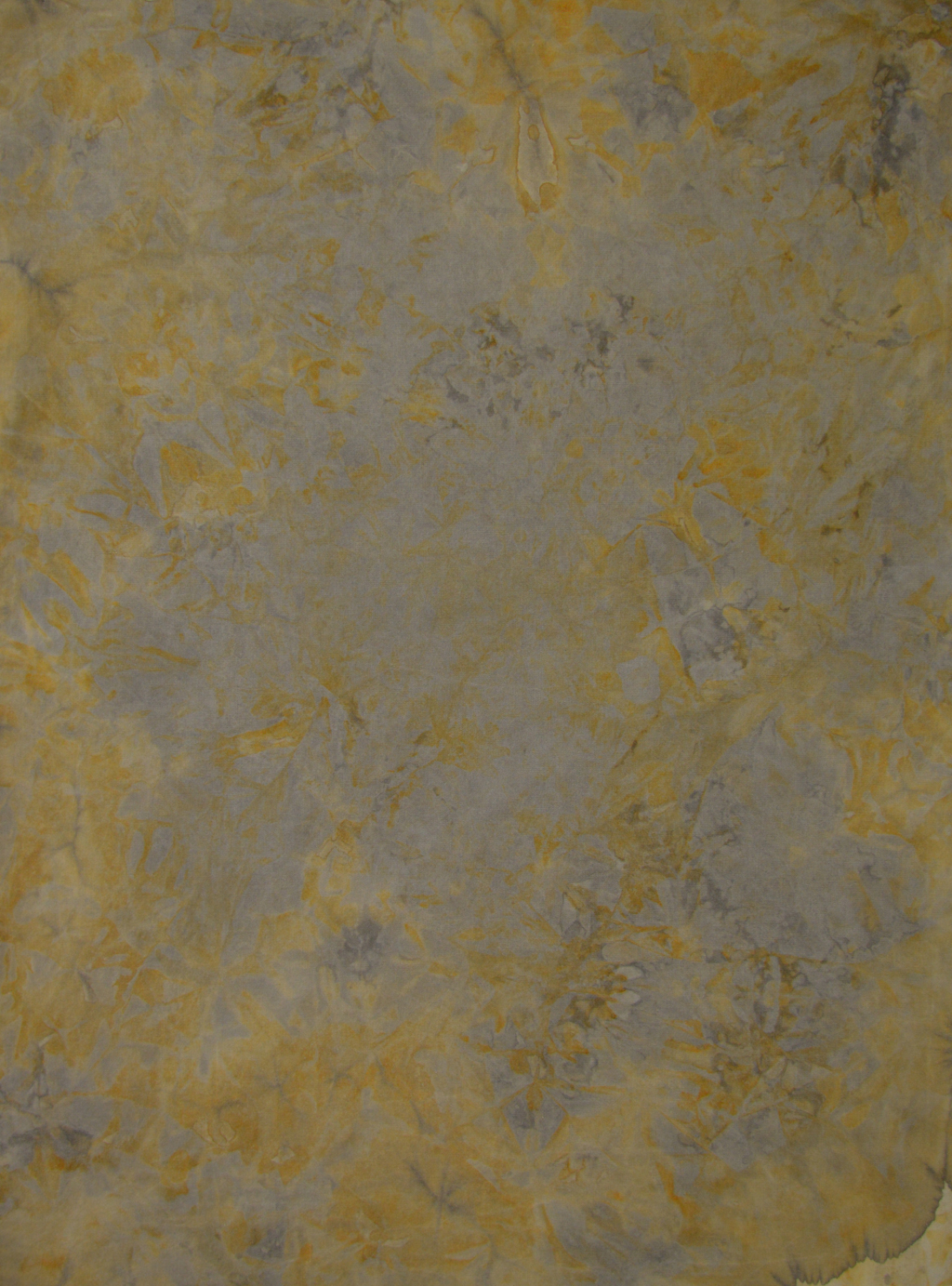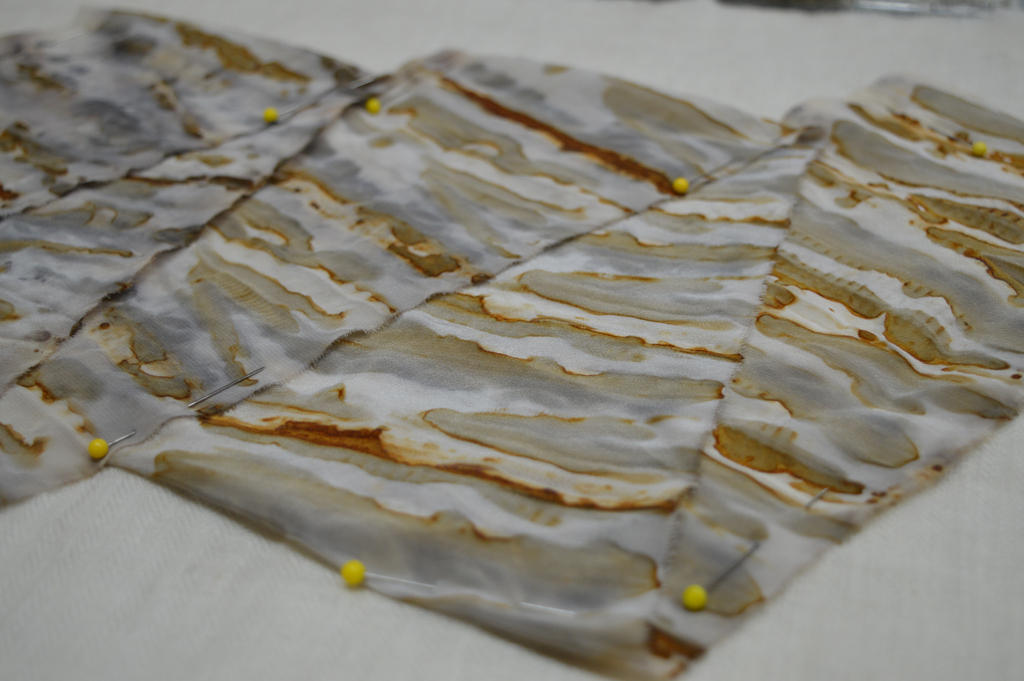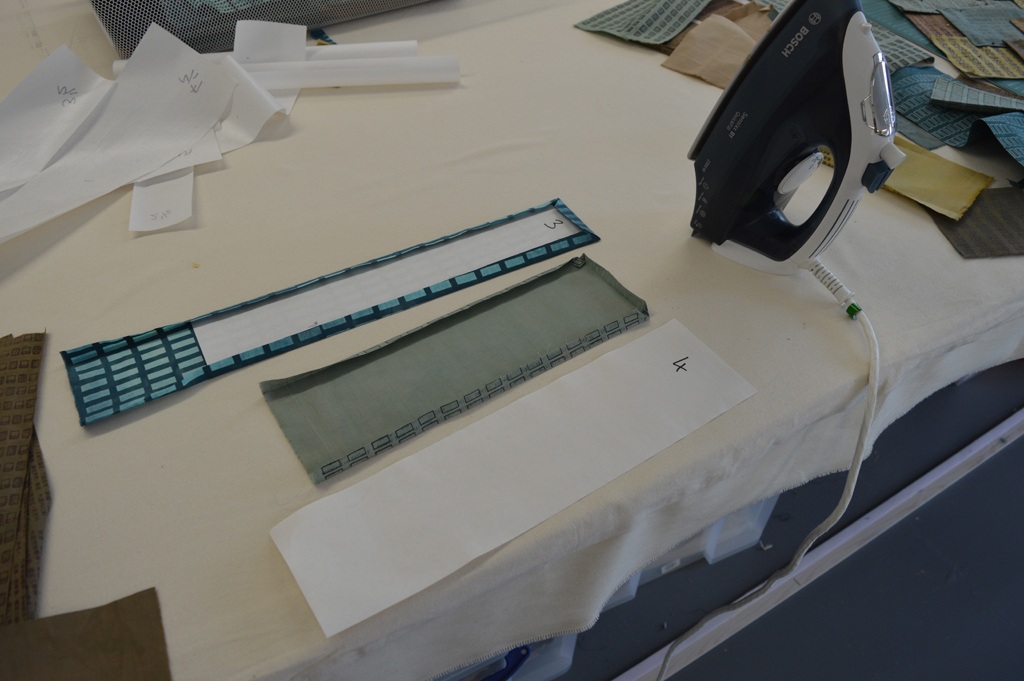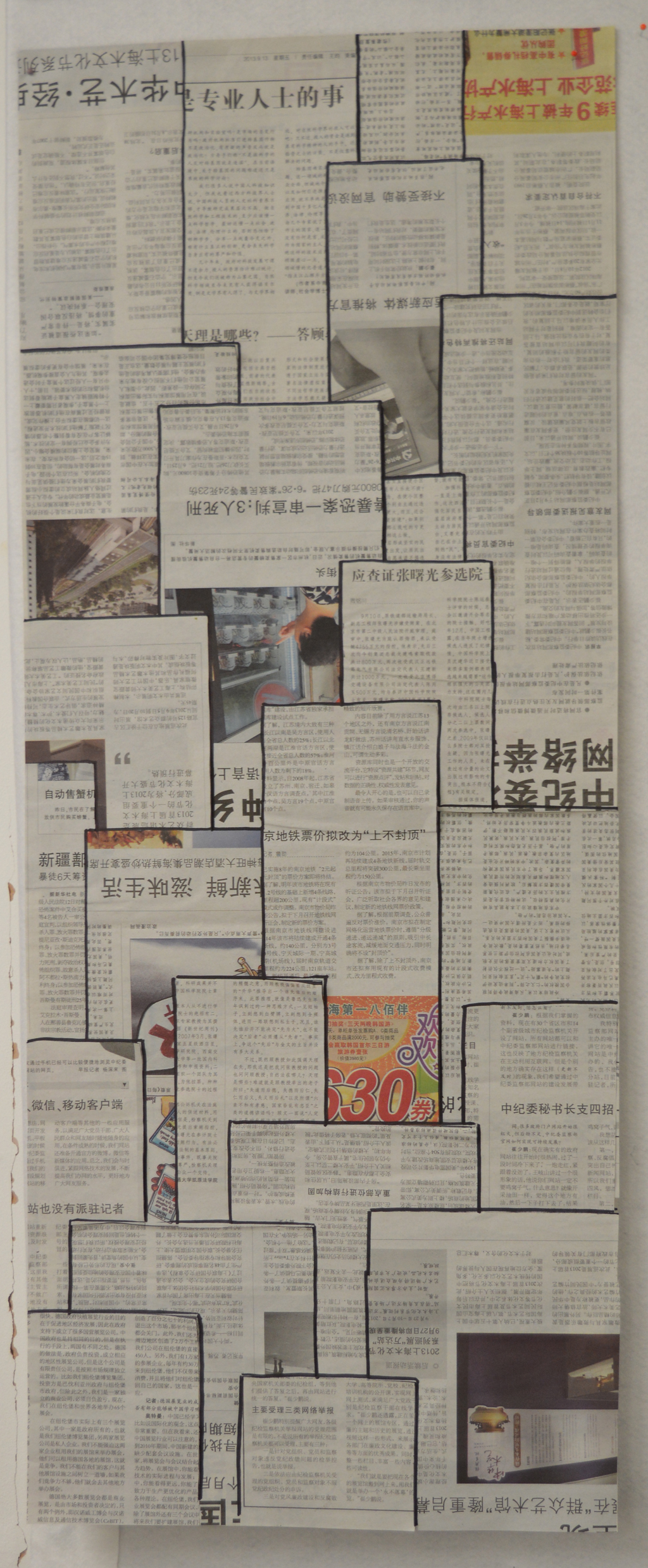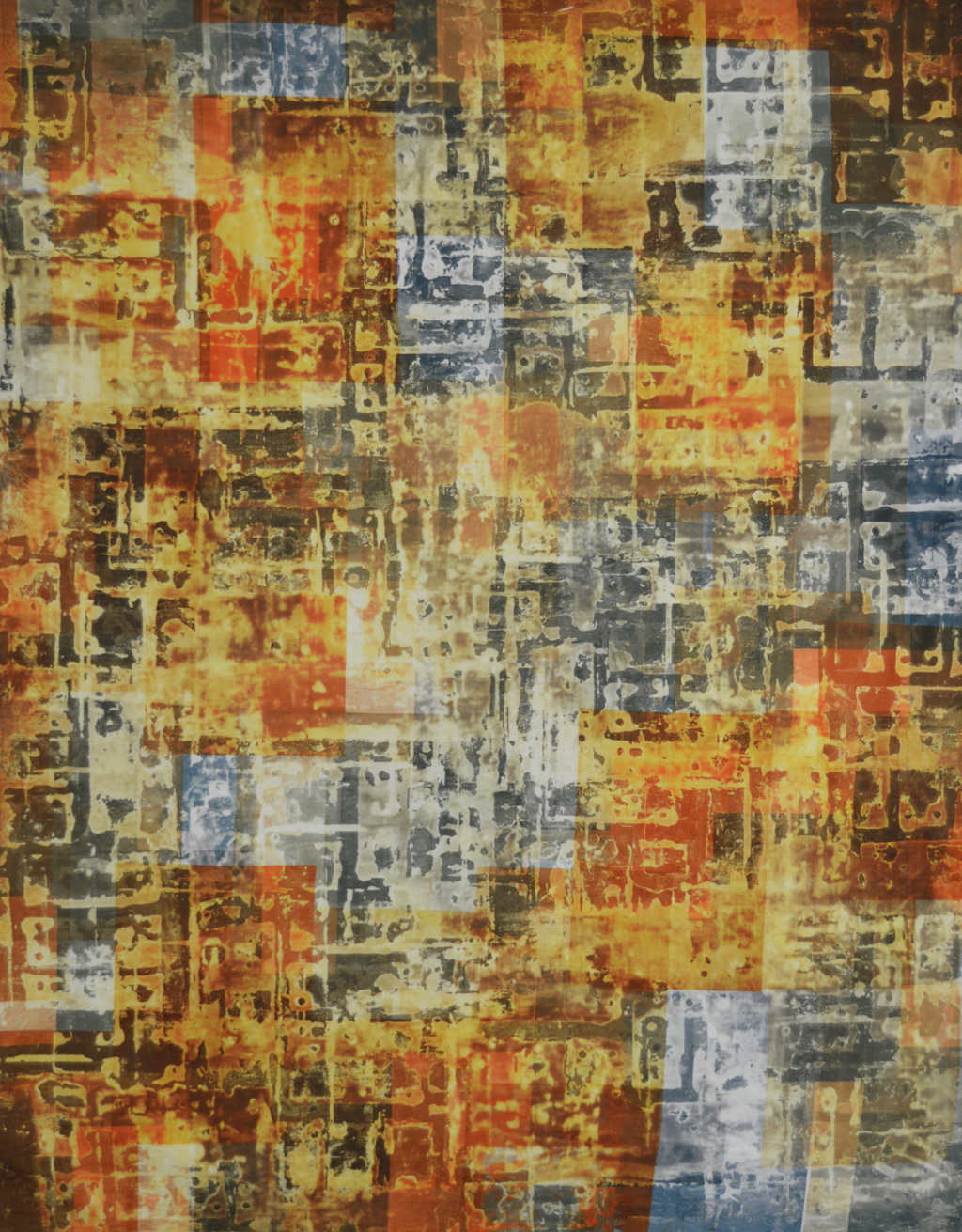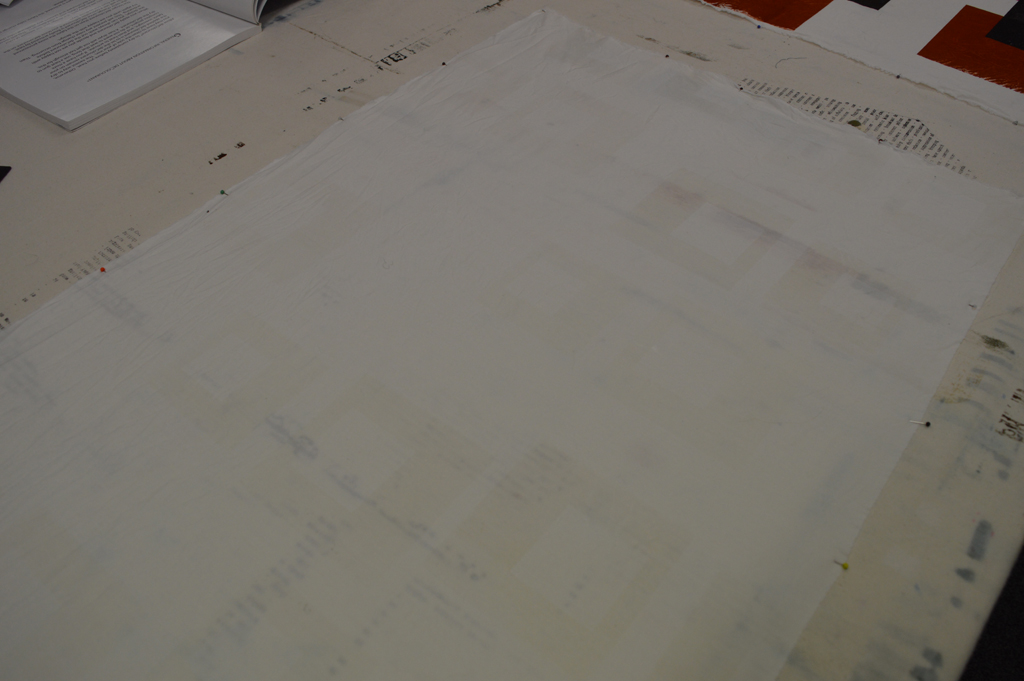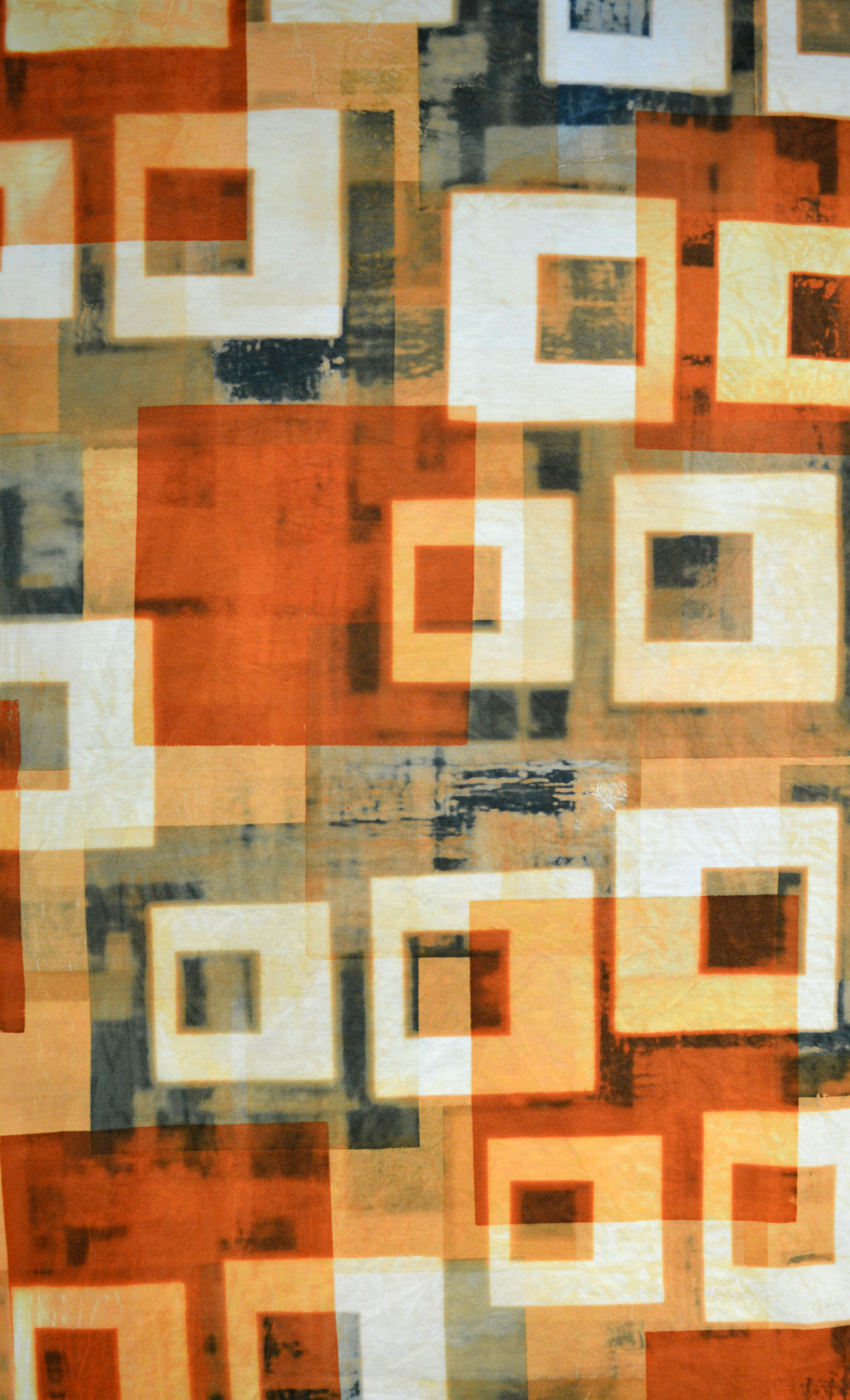I've had a great week in my studio printing and discharging 4 pieces of cloth simultaneously as well as continuing to stitch the next Ruins piece. But, for various reasons I can't share images right now. So instead I thought I would share the story of my studio.
I am an incredibly lucky person. I have always had a room to work in even when the kids were still at home. There were years when I had a decent sized room and years when I was squeezed into the box room. Once the last one left home I was able to move into the biggest bedroom in the house which had the added benefit of having a small ensuite. So instead of dyeing fabric in the kitchen I was able to set up a small wet area in my studio. For the first time I was able to experiment with screenprinting and lots of other wet processes. I took the time to paint the room white, to add good lighting and to build lots of storage shelves and cupboards. And it really paid dividends. Both in quantity but more importantly in the quality of my work. Having a good space to work caused a step change in my thinking and in my intention.
But after a couple of years I realized that I needed a much bigger wet studio. And so in summer of 2013 we started to renovate an old outbuilding that sat at the back of our property. We brought our house about 16 years ago and always intended doing 'something' with the building but never quite figured out what. So over the years it has been a garage, a teenage hangout, a smoking shed (how come my kids all smoke when we've never let them be around smokers???) and a general dumping ground.
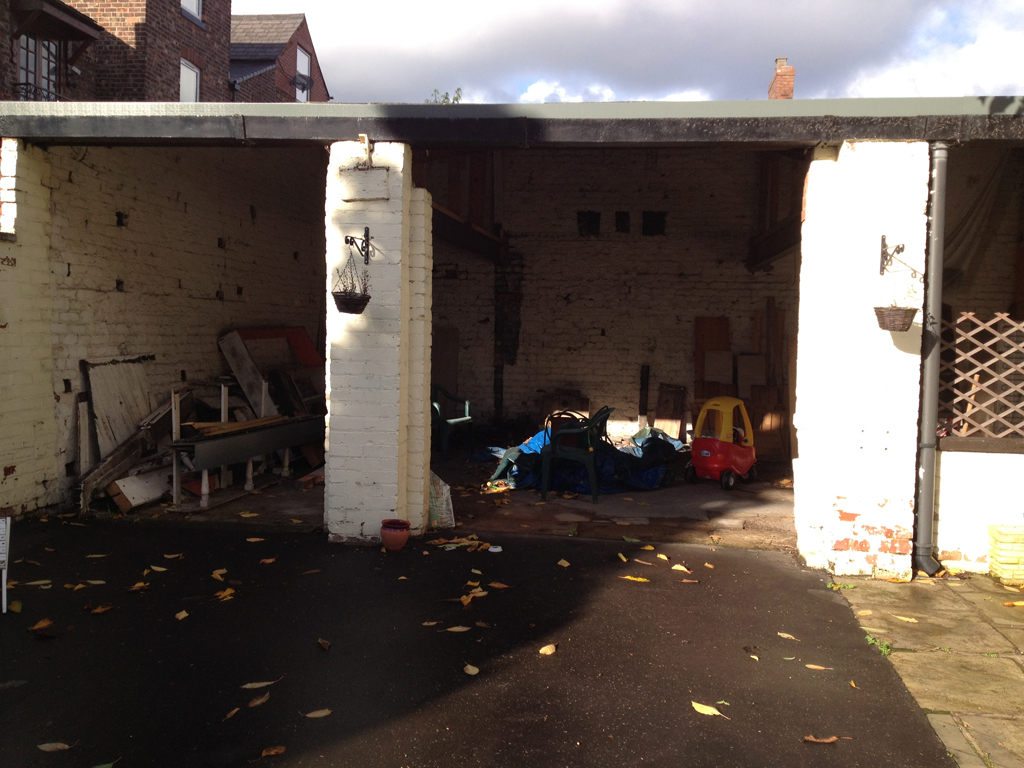
We were put in touch with a great builder by Helen Conway www.helenconwaydesign.com (big thanks Helen!) who took up the challenge of creating a warm, dry, well lit studio at minimum cost. We used windows and French doors that were 'seconds', recycled timbers where we could and second hand cupboards. The one thing we really went over the top on was insulation as I knew I wouldn't use a studio that was cold and damp in the winter.


The builder finished work on 23rd December 2013. We didn't have the money to pay him to do the painting and finishing - so for the next eight weeks myself and Callum (middle son) painted, sanded, sealed and tiled. It was incredibly hard work but at the end of February I was able to use the studio for printing and dyeing. I had cupboards, a working sink and a massive print table. No cupboard doors and over half of the studio still full of timber and part built cupboards. But I was in heaven!

Studio life took a bit of an unexpected turn last spring - Cal was finishing up his Interactive Art degree and looking around for something to pay the rent that would still allow him to work on his music and art. He decided to start a picture framing business as he loves working with hands (and couldn't abide the thought of working full time in retail or in an office). So my studio has become our studio. Which meant building units to store tools, as well as glass and mountboard. And building Cal a bench to work on.
Today we share the space. He uses it 2 to 3 days a week and I use it in the evenings and at weekends. We have to constantly clean up as sawdust and fabric don't mix but it has been a real pleasure seeing his business take off. Hopefully he will move into his own studio in a few months at which time I'll take over the whole studio.



Having this wonderful space has allowed me to make some big changes in the way I work. Last year I really 'got the hang' of working in series and have started to work on two series at the same time. I am able to work on multiple pieces without constantly moving stuff around. I have different pieces at different stages in their creation. I work in my studio every day, even on those days when my day job has been tiring and frustrating. Unlocking the door and stepping into my studio fills me with energy. It is allowing me to develop as an artist.
 I am very pleased to announce the first exhibition by Etcetera at the Platform Gallery in Clithero, UK between 12th and 27th September 2015!
I am very pleased to announce the first exhibition by Etcetera at the Platform Gallery in Clithero, UK between 12th and 27th September 2015!



